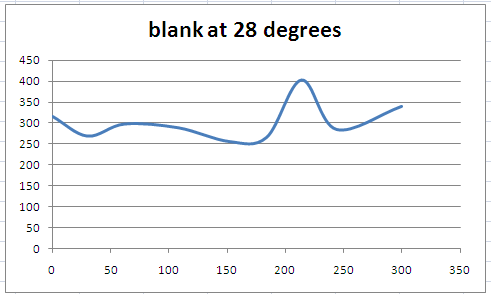Team:Imperial College London/Wetlab/Results/Thermoinduction1
From 2009.igem.org
(→Variation of the blank) |
(→28 ºC) |
||
| Line 13: | Line 13: | ||
Here we repeat a similar analysis to the previous part, except that this time we will account for variations in the fluorescence data. | Here we repeat a similar analysis to the previous part, except that this time we will account for variations in the fluorescence data. | ||
===28 ºC === | ===28 ºC === | ||
| + | [[Image:II09_blank_fluorescence_28.png]] | ||
===42 ºC=== | ===42 ºC=== | ||
Revision as of 19:14, 21 October 2009

Contents |
Experiment Rationale
To investigate the behaviour of the lamda-cI thermoinducible promoter and show that when temperature is low (at 28 degrees Celsius), there is low fluorescence output. This shows that the genome deletion module is repressed. When temperature is raised to 42 degrees Celsius, fluorescence increases, indicating that the repression is lifted. We are looking at both absorbance and fluorescence data. This analysis serves to characterize the construct [http://partsregistry.org/wiki/index.php/Part:BBa_K200022 BBa_K200022], submitted by Harvard last year.
Summary of method
In order to characterize the thermoinducible promoter, absorbance (optical density) and fluoresence data were recorded over time for:
- Cells containing the BBa_K200022 construct: The thermoinducible promoter.
- Positive control cells: Containing the [http://partsregistry.org/Part:BBa_I13522 BBa_I13522], acting as a baseline comparison by constitutively expressing GFP.
- Negative control cells: These contain the thermoinducible promoter on its own ( [http://partsregistry.org/Part:BBa_K098995 BBa_K098995]) with no GFP attached to it.
Analysis
Variation of the blank
Here we repeat a similar analysis to the previous part, except that this time we will account for variations in the fluorescence data.
28 ºC
42 ºC
Variation in fluorescence
28ºC
//include tables and plot
42ºC
Conclusion
 "
"




